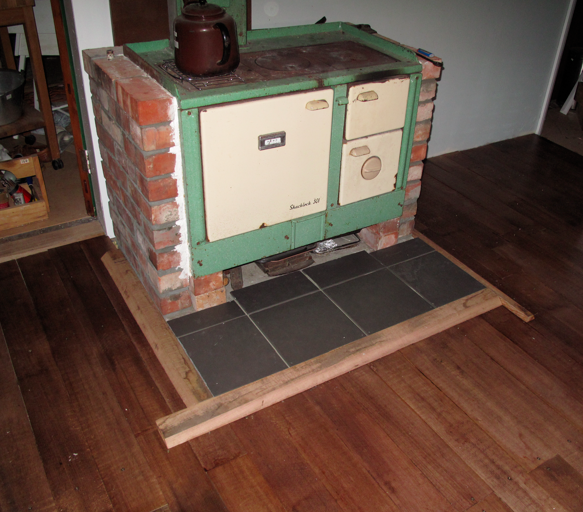I've been grateful for all of the nice feedback and kind words of encouragement in response to our project over the last 18 months, and especially since this column started being published in April. (Although, we have been documenting the process from the beginning at www.ecothriftydoup.blogspot.com.) The recent visits from the Wanganui Home School Group have been especially affirming.
The column focuses on positive, simple solutions to what may sometimes appear to be insurmountable problems such as environmental degradation, rising energy prices and a volatile world economy. I have been in the field of environmental education for over 20 years and I am well aware of the challenges facing humanity.
In New Zealand we know that food and energy inflation greatly outpace wage rises. We also know that the vast majority of climate scientists agree on the issue of antropogenic (human-caused) global climate change. Although one cannot ascribe a single extreme weather event with climate change, a number of peer-reviewed studies have found long-term trends in increases in the number of extreme weather events. Their quantitative analyses over decades appear to confirm what many 'oldies' have been saying about changes in the weather during their lifetimes.
But it is not my intention this week to convert any climate change deniers based on the best data provided by the best climatologists on the planet, because nothing will convert them. Instead I'd like to invite them into a conversation with someone who - while not being a climatologist - is a scientist of global renown, and is a big picture thinker with few peers.
Where I shy away from talking about "how bad things are" (to everyone except my poor wife), Guy McPherson makes a living at it. McPherson is professor emeritus of natural resources and the environment at the University of Arizona. He is a well-known and respected figure in climate change circles and a lively speaker.
McPherson, like Nicole Foss who spoke in Wanganui in April, studies the complex relationships between the environment, energy and finance/economy. His is on a speaking tour of New Zealand including Auckland, Hamilton, New Plymouth, Wellington, and of course, Wanganui. I'll let him tell you all the "bad news" that I don't. Skeptics most welcome!
Sunday, 1st July, 6:30 - 8:00 pm.
Josephite Retreat Centre
14 Hillside Terrace, Wanganui
Koha entry
Different Thinking: Establishing Durable Living Arrangements in Uncertain Times
Co-sponsored by The ECO School, the Josephite Retreat Centre, and the Sustainable Whanganui Trust.

















































